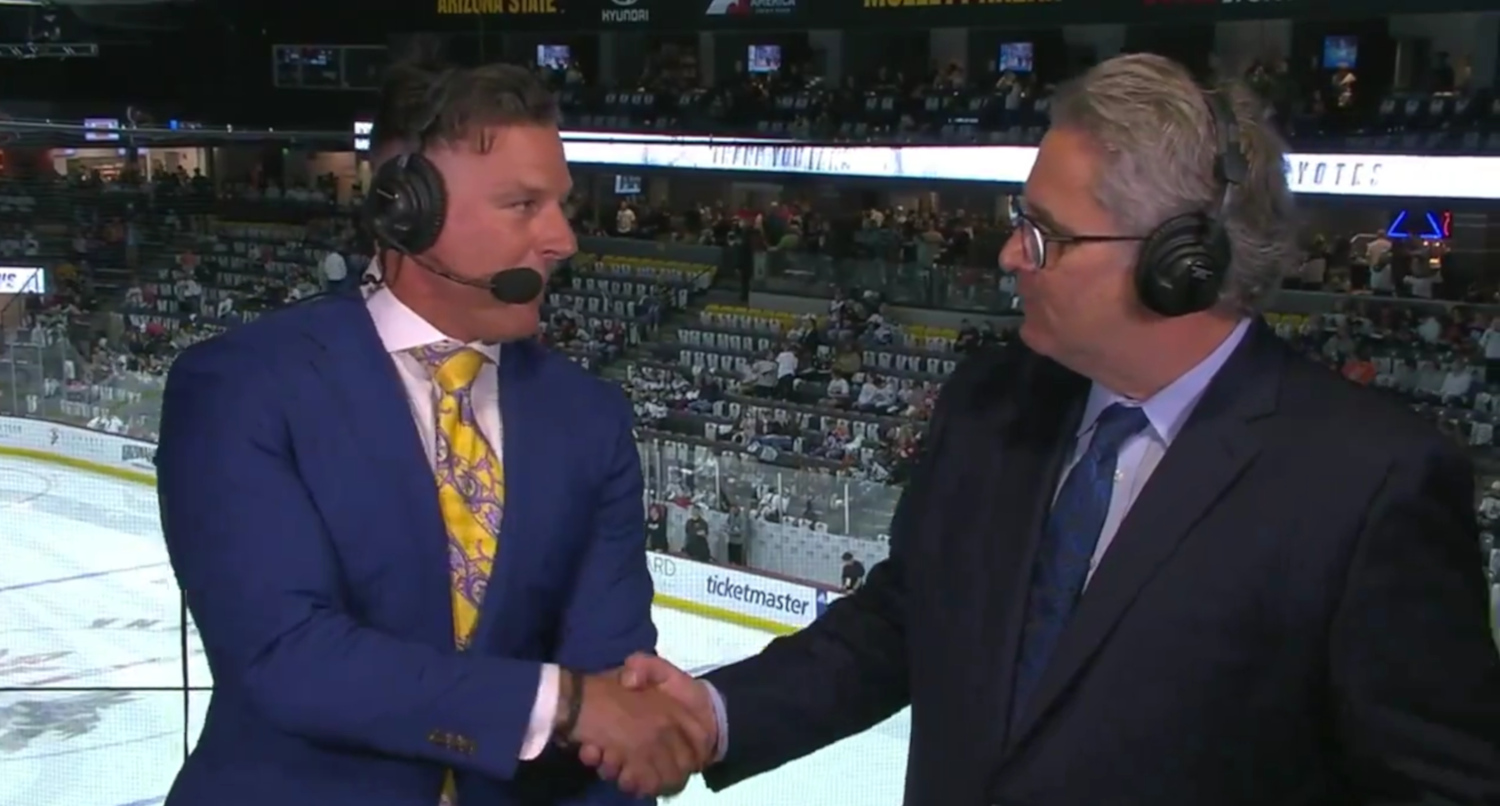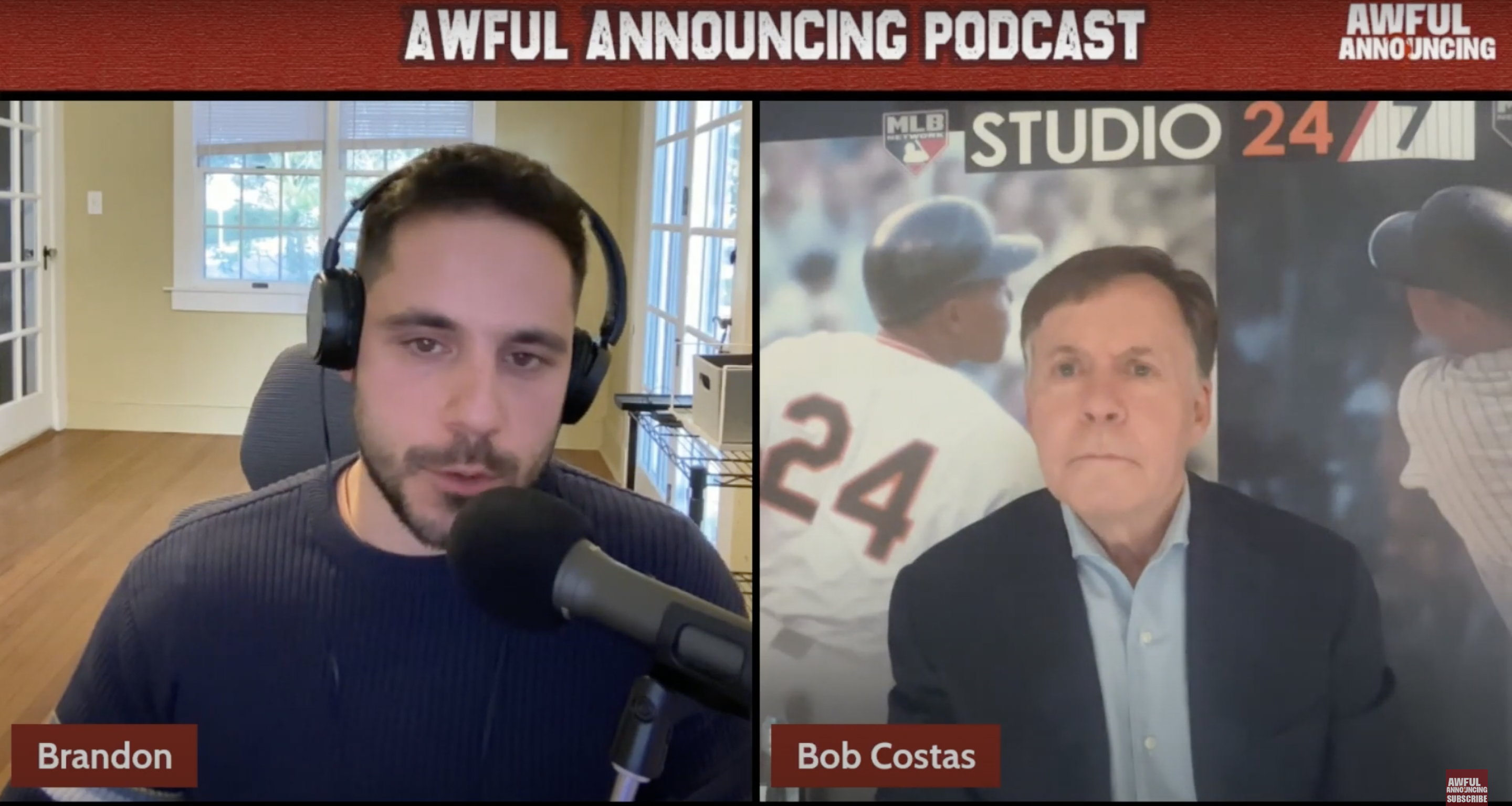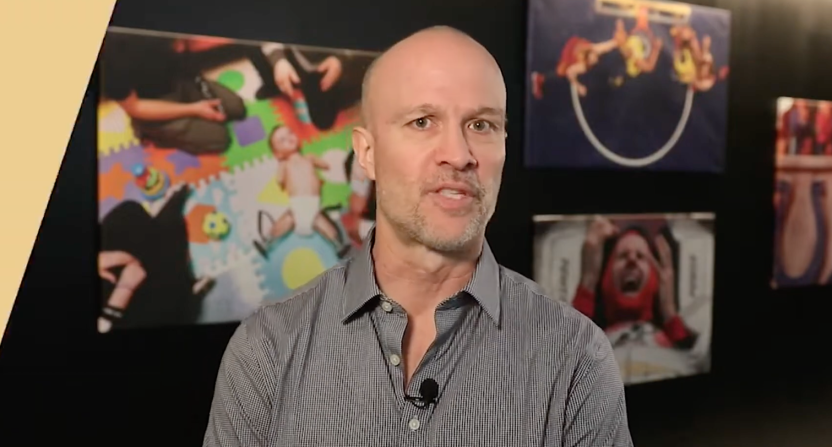New ESPN public editor Jim Brady comes to the position formerly known as ombudsman with an impressive digital background. He’s currently the CEO of Spirited Media, which operates Philadelphia news site BillyPenn.com, and his previous experience includes helping launch washingtonpost.com, serving as its sports editor and then as its executive editor. He also held multiple key editorial positions at AOL.com and served as editor-in-chief of Digital First Media’s hundreds of papers. Brady took the time to talk with Awful Announcing Monday about his new role. Here’s the transcript of the conversation.
AA: I saw your interview with Sports Illustrated, so I’m going to try not to duplicate too much of that, but I noticed in there you talked about the difference you see in the role of the ombudsman versus that of the public editor and how you think the public should be represented in the overall discussion. Can you go into some more specific examples of that? What are those things that the public may care about that journalists may not?
JB: There’s a bunch of things. One, I think it’s just providing that level of communication and access to the readers. Being in digital for 20 years, I learned a long time ago that if you don’t have customers, you don’t have a business, so you’ve got to listen to them in sort of aggregate. I think some of the things that might fall into that category are you know, just basic. It might be things like site design, “I’m having trouble finding things, I’m having trouble using the site, I don’t think it’s easy, search doesn’t work,” whatever. I do think there’s elements of that; if you hear rumblings from the larger fans about problems with the site, whether it’s usable or not, I think that’s important.
I think there are issues around, there could be things around, not really ad experience because that’s more of a business-side thing, but they may have issues with coverage that are a little bit different than that of the sports media. They may feel like a particular sport is wildly undercovered, while the traditional sports media’s maybe focused on things like the relationship with the NFL, the relationship with Major League Baseball. At the other end, there may be a whole bunch of readers who think “Boy, this sport isn’t covered nearly enough.” And if you start to hear enough of a groundswell around that, that could be worth addressing. So it’s trying to spot things that are not so much about, maybe not directly about the actual work, but also are maybe focused a bit below the daily sort of view of a traditional media critic.
AA: Do you think there’s a balance there between the journalism-focused concerns and the more public access issue-focused concerns?
JB: Yeah, and I think finding that balance is going to be a huge part of the job. These things all sound great in theory, and then you’ve got to start doing the actual work and finding out where that balance is. But I think it’s not that looking at things ESPN’s doing holistically and being sort of in-house critic is not part of the job. Of course it is. But it’s not the whole job at this point. I think it’s also to try and represent broader concerns of the consumer base, and I think, discuss a little bit about how ESPN deals with the changing landscape of multiplying platforms, multiplying competitors. That’s, to me, another part of it that’s interesting, and we’ll see if it’s interesting to the readership.
It’s certainly interesting to me, both as a journalist and as a consumer of ESPN, how they’ve kind of adapted to the mobile revolution and dealt with it. Whether it’s working with new players out in the market like the Snapchats of the world, there’s a lot of interesting things that companies like ESPN have to decide and deal with on a daily basis that are pretty significant decisions. They seem to me to be one of the larger companies that’s most aggressive at embracing some of these newer things. ESPN’s pretty aggressive at addressing these new challenges, and maybe providing a little insight into that would be useful as well. But obviously, once you get out there and start doing the work, you’ll see who’s interested in what. That is an important factor.
AA: Given your background in the online world, in the digital and mobile world, can you talk about what sort of issues are there on those fronts that you might take a look at while at ESPN?
JB: What people want on a mobile phone is very, very different than what they might want on a desktop, and obviously extraordinarily different than what they want on television. So, how do you take—and this is sort of the seminal challenge everyone faces. Everyone was on one platform 20 years ago. You were a newspaper, you were a broadcast entity, and sort of the entire expression of your work was in that one thing. Now you’ve got audiences that want wildly different things on different platforms, and what the ESPN audience wants on its mobile phone is different than what it wants on a desktop and what it wants on radio.
How do you deal with exploding platforms, at a time in which you still have to have some kind of common theme in what you cover? You know, it’s tough. I think it’s looking through that prism a little bit. I know the challenges day to day in trying to juggle a lot of different platforms. At some point, you have to make a decision on how you’re going to do that, who’s going to do it, what percentage of the emphasis is that. It’s not my job to be the business critic, but it’s also driven by what’s the revenue of those platforms and what’s the opportunity to make money on those platforms. I think it’s trying to figure out, chronicle to some extent, how a larger organization that used to express its work via broadcast platforms now has to juggle a dozen of them on a given day, and still have enough coherence in all those different expressions to have an overall kind of position, a journalistic voice.
AA: With those different platforms, all the various different shows ESPN has within a platform, do you think there are universal standards that anything on ESPN should be held to? Or do the standards change depending on how they’re presenting it, whether it’s an ESPN.com story or on TV?
JB: Obviously, it’s hard to answer until I’ve been there to know. I would say historically, obviously, your overall ethical standards sort of transcend platforms. You might have different methods on different platforms, but I don’t think your core ethics and standards really shift by platform very much. They might in certain nominal ways. But for the most part, that’s what I mean; you’ve got a certain voice and a certain ethos that have to be consistent across platforms that have very different audiences and very different desires.
I think that’s sort of one of the underreported challenges of journalism in the last 10 years. You have to be who you are. I used to say this when I was at washingtonpost.com when we were trying to be very, very aggressive on the web. You’ve got to keep one foot rooted in the core of who you are and then stretch as much as you can with that other foot. And if that back heel’s coming up, you’ve got to make sure, you’ve got to take care of that. Because in the end, if you lose that back foot planted in who you are, then it starts to get a little more difficult. I think that’s the challenge everyone’s facing right now; you need to be different, the audiences want different content at different times, but at the same time, you can’t not be who you are. That comes with greater risks than anything else, I’d argue.
AA: Somewhat on that front, how do you feel about the general progression towards affinity sites? Obviously, Grantland’s gone now, but there’s The Undefeated, there’s FiveThirtyEight. Do you feel sites like that have a place within a larger thing like ESPN?
JB: I’m not in a position to comment on any of those specifically because I haven’t dug in enough, but I’d say on the very broadest level, my general position on whether X kind of site is viable or not is almost always dependent on how that particular site is operated and run, what is its business and so on. I think, sure, you look at, there are certainly a lot of affinity sites out there that get a lot of attention and seem to have done pretty well. I don’t think that’s because the affinity site model is good or bad inherently. I think it’s how it’s operated and how’s run day to day, I think that’s much more important than whether that kind of site can work. Of course, they can, but they certainly all won’t. So much of it is just based on things that are under the hood, I guess, for the lack of a better term.
CLICK HERE TO CONTINUE READING >>>








Comments are closed.